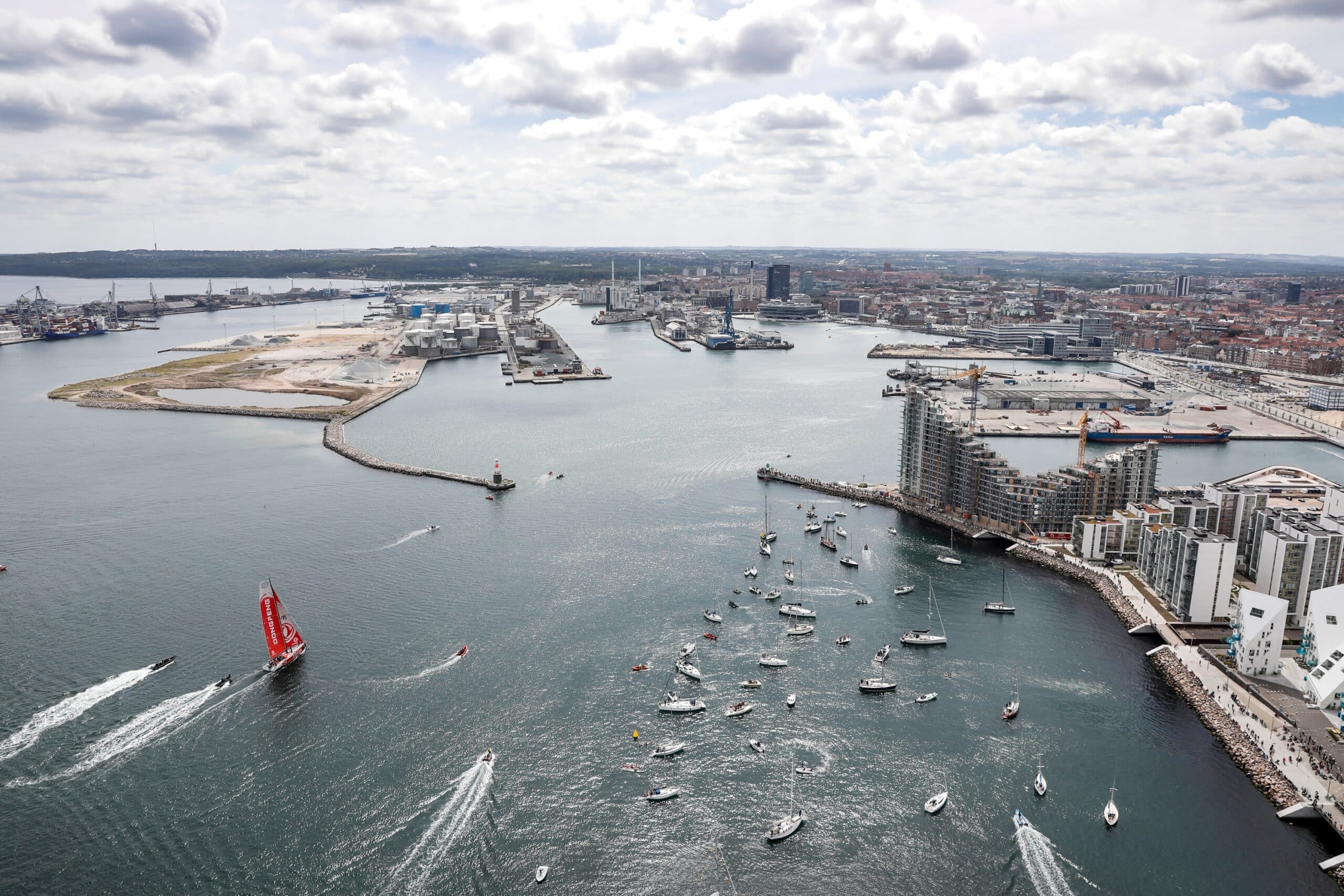LEG 5 PREVIEW: FROM NORTH AMERICA TO DENMARK
INTRODUCING LEG 5
🗺️ NEWPORT, RI, USA ➡️ AARHUS, DENMARK
🏁 START MAY 21, 2023
⌛️ ETA MAY 30, 2023
📏 DISTANCE 3,500 nautical miles (4,028 miles/6,482 kilometers)
The fifth leg of The Ocean Race 2022-23 is a week-long 3,500-nautical mile, (4,028-mile/6,482-kilometre) transatlantic sprint from Newport, Rhode Island to the Danish city of Aarhus and is the second of the race’s two double-points scoring stages.
In the same way that Leg 3 from South Africa to Brazil saw the 11th Hour Racing team crew racing around the bottom of the planet, on Leg 5 they will be racing around its upper reaches close to the Arctic Circle.
The Atlantic crossing is the race’s final open ocean leg and marks The Ocean Race fleet’s return to Europe for the first time since leaving Alicante, Spain on the opening leg on January 15. Traditionally it is a fast and furious affair with the teams pushing all out for precious points at this key stage of their race around-the-world.
After another bone-shaking ride across the Gulf Stream soon after leaving Newport the crews are likely to head north on a ‘Great Circle’ route – the shortest path between two points on the earth’s surface – taking them past the Canadian maritime province of Nova Scotia and past Newfoundland’s Grand Banks sub-marine plain as they head north west towards the tip of Greenland – the world’s largest island.
Once again – as on Leg 3 in the deep south – the race organisers are likely to impose a virtual exclusion zone to the north to protect the fleet from the threat of icebergs.
The route takes the fleet across the top of Scotland and past the Scottish outcrop of Muckle Flugga in the Shetland Islands – once the the most northerly inhabited part of the British Isles – before what is expected to be a fast blast across the cold and lumpy across the North Sea to Skagen at the very northern tip of Denmark’s Jutland peninsula.
There, the crews will turn their bows south and head down through the Kattegat Sea and the finish line in Aarhus. Depending on the conditions and the strength of the tides the quickest strategy over this final stage could be the direct route – or, in lighter winds, a coastal track taking advantage of local wind systems close to shore.




